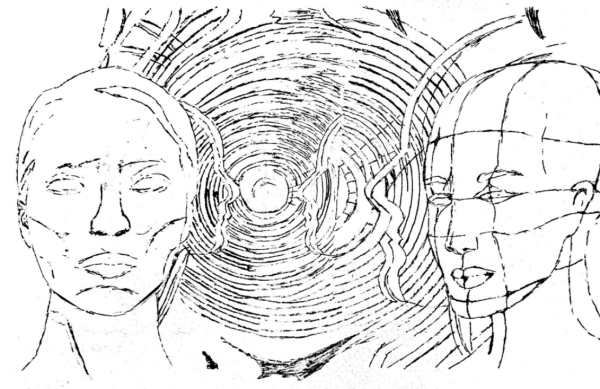Ancient Neanderthals: the people of the past
As humanity’s quickly evolving civilizations continue to extend the stratosphere of possibilities marked by our species, it’s important to remember the forefathers of our own evolution, even those long-lost to the catacombs of history.
Neanderthals, or as they are scientifically known, Homo Neanderthalis, were a subspecies of Humanity different from Homo Sapiens. They lived for hundreds of thousands of years, roaming the Earth from the leafy coasts of Western Europe to the icy fronts of Central Asia, until their mysterious disappearance somewhere around 40,000 years ago.
Though their extinction paved a path for Homo Sapiens to thrive in the lands they left behind, Neanderthalic life on Earth played a significant role in the developments of survival and culture.
While many people today confuse Neanderthals as being the prominent ancestor of modern humanity, they were actually a completely different species. While the birth of Homo Sapiens can be linked to Africa, Homo Neanderthalis originated in Europe and lived there and in Asia from 400,000 BC to around 40,000 BC. They reached the border of modern-day Belgium, which, according to archeological research, identifies them as the first human species to survive a glacial ecosystem.
To survive the harsh weather of Neanderthalic inhabitants, the species developed several physical traits that distinguish the Neanderthals from other human groups. According to Svante Pääbo, a leading scientist on Neandethals who recently won a Nobel Prize for his recovery of a Neanderthal genome, the women averaged five feet one inch and the men averaged five feet five inches with a broad chest, a bulky torso, and muscular limbs to help preserve heat within their bodies. What’s also notable was their wide and high bridged nose which helped them humidify cold air into warm air.
Though short with a stocky build, the Neanderthal brain was almost identical in size, if not larger, to modern humans. With this advanced mental capacity, they participated in many of the same practices that Homo Sapiens would in that period or later. They had a complex culture of hunting and community. According to National Geographic, the species most likely lived in clans of no more than fifteen, they hunted bison, deer, and even mammoths, an extinct species similar to that of a furry elephant. They used handmade tools such as spears which they carved from stone and animal bone. Along with this Neanderthals built shelters and made clothing out of defeated prey.
Due to archaeological finds, there is evidence that Neanderthals had some religious components to their culture. They are the first species to be found burying their dead and even adorning the burial site with flowers to honor the deceased. Moreover, a neanderthal is likely to have been the artist to the world’s oldest cave painting, a handprint on the walls of El Castillo Cave in Spain.
The Neanderthals mysteriously disappeared around 40,000 years ago with varying speculation among scientists as to why. Some believe they were killed off by modern homo sapiens, who deployed to Europe around the same time the Neanderthals began to die off.
Other theories suggest that Neanderthals and Modern Humans may have interacted in more intimate developments (mating with each other). The theory claims that Neanderthal society would have then been absorbed in with Homo Sapiens to further advance the evolution of modern civilization. This would account for the 1-2% of Neanderthal DNA found in most Europeans and Asians today.










